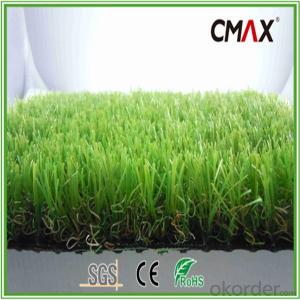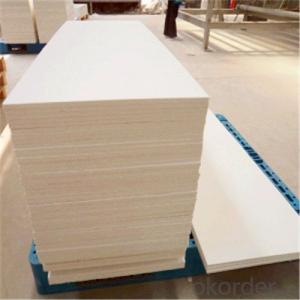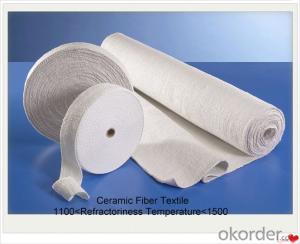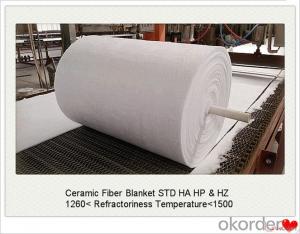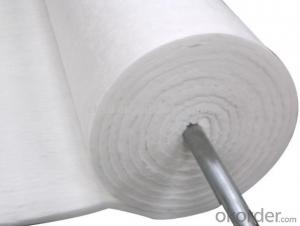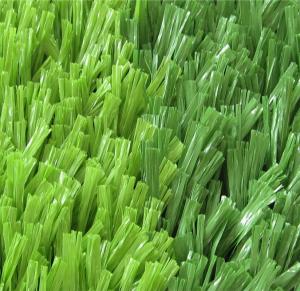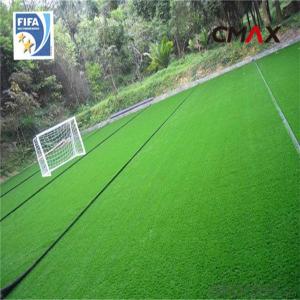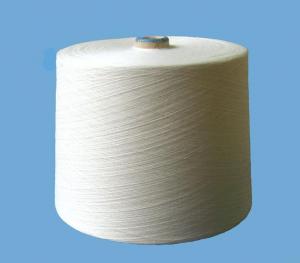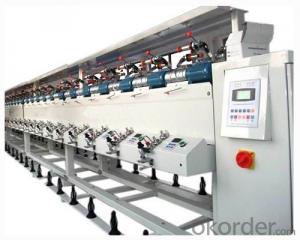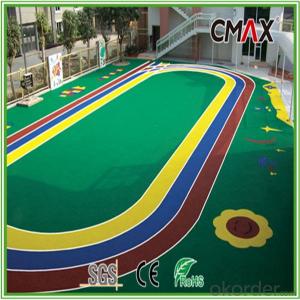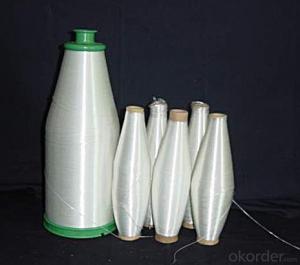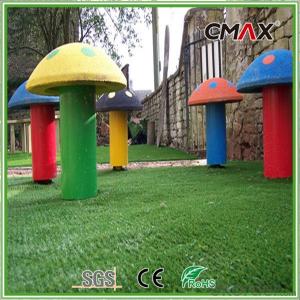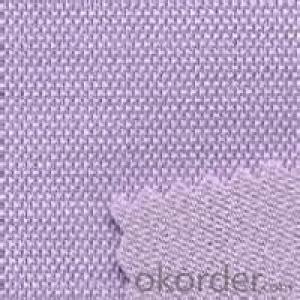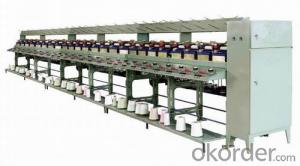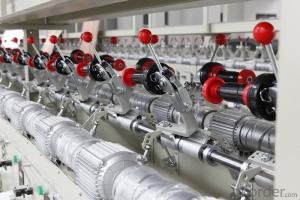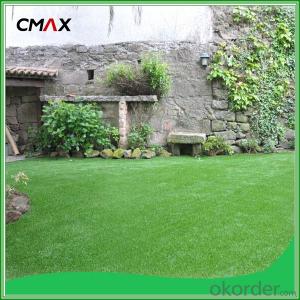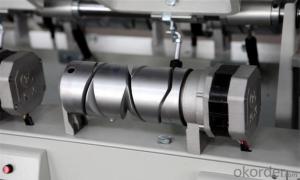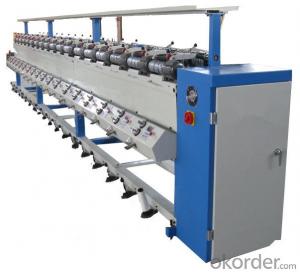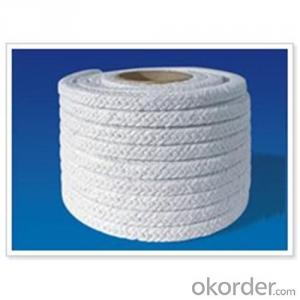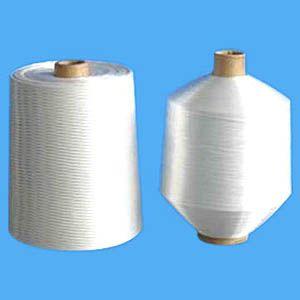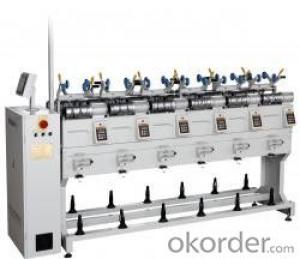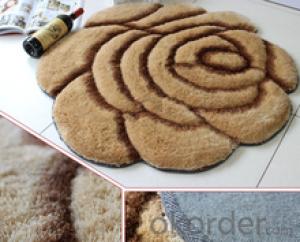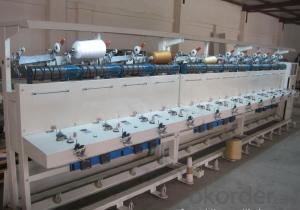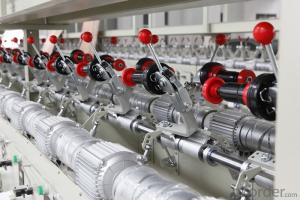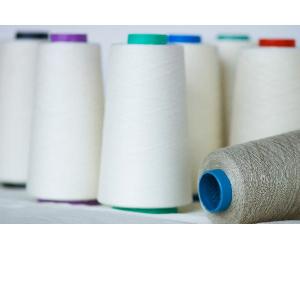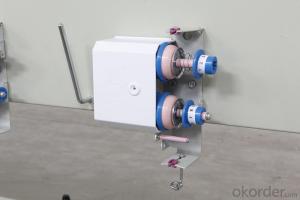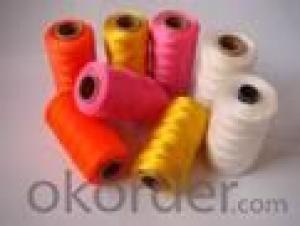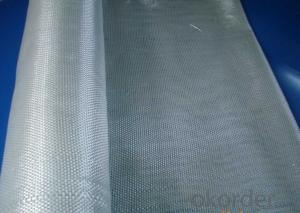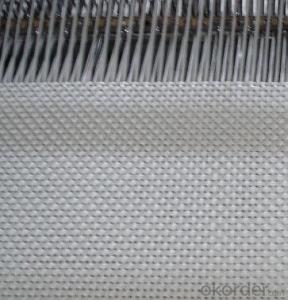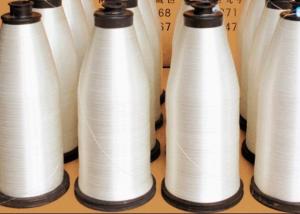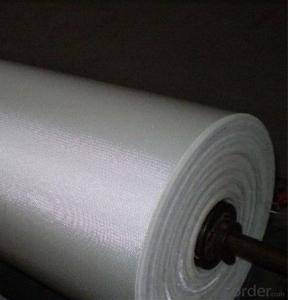Purl Yarn
Purl Yarn Related Searches
2 Inch Styrofoam Insulation Sheets Home Insulation Contractors Indoor Window Insulation Urethane Insulation Panels Fine Home Textiles Classic Wood Furnace Expanded Perlite Insulation Blown Insulation Calculator Cavity Insulation Polyisocyanurate InsulationHot Searches
Thermal Coal Spot Price Australian Thermal Coal Price Rocksol Insulation Cost Cement Fibre Cladding PricesPurl Yarn Supplier & Manufacturer from China
Okorder.com is a professional Purl Yarn supplier & manufacturer, offers integrated one-stop services including real-time quoting and online cargo tracking. We are funded by CNBM Group, a Fortune 500 enterprise and the largest Purl Yarn firm in China.Hot Products
FAQ
- Indeed, carpets can be manufactured using fiberglass yarn. Renowned for its exceptional robustness and endurance, fiberglass yarn is ideal for demanding purposes like heavy-duty carpets. Not only does it withstand deterioration and discoloration, but it also exhibits remarkable resistance against stains. Moreover, fiberglass yarn boasts exceptional dimensional stability, guaranteeing carpets that retain their form and structure for an extended period, thus ensuring their longevity.
- Yes, fiberglass yarn can be used for reinforcement purposes. It is commonly used in various industries, such as construction, automotive, and aerospace, to reinforce materials and provide strength and durability. The high tensile strength and resistance to heat and chemicals make fiberglass yarn an ideal choice for reinforcement applications.
- Fiberglass yarn lacks biodegradability, signifying its incapability to naturally decompose through the actions of living organisms into simpler, organic substances. Nonetheless, it possesses the ability to be recycled. By melting down fiberglass yarn, it can be repurposed to fabricate novel fiberglass items. The act of recycling fiberglass yarn aids in waste reduction and resource conservation, thus rendering it a superior choice for the environment when compared to disposing it in landfills.
- When comparing fiberglass yarn to other yarn materials, it becomes apparent that it possesses unique qualities that offer numerous advantages. Firstly, fiberglass yarn exhibits exceptional strength and durability, making it an ideal choice for applications that demand high tensile strength. Unlike cotton or wool, it can withstand heavy loads without breaking or stretching easily. This robustness also renders fiberglass yarn resistant to abrasion, ensuring its longevity and consistent performance over time. Secondly, fiberglass yarn boasts remarkable heat resistance, allowing it to endure extremely high temperatures without melting or compromising its structural integrity. This characteristic makes it suitable for applications that require heat resistance, such as insulation, fireproofing, and electrical components. Additionally, fiberglass yarn demonstrates high resistance to chemicals and corrosion. It does not react with most chemicals or solvents, making it an excellent option for applications exposed to harsh chemicals or corrosive environments. This corrosion resistance guarantees that fiberglass yarn remains intact and functional, even in demanding conditions. Furthermore, fiberglass yarn possesses a lightweight nature and exceptional dimensional stability. It does not easily shrink or expand when exposed to moisture or temperature changes. This stability makes it an ideal material for precision applications, where accuracy and consistency are paramount. However, it is important to acknowledge that fiberglass yarn does have certain limitations. It lacks the softness and flexibility of natural yarn materials like cotton or wool, which may restrict its use in certain textile applications. Moreover, the unique properties and manufacturing process of fiberglass yarn can make it more expensive than other yarn materials. To conclude, fiberglass yarn provides several advantages when compared to other yarn materials. Its strength, heat resistance, chemical resistance, corrosion resistance, and dimensional stability make it a versatile material suitable for various industries and applications. Nonetheless, it is crucial to carefully consider the specific requirements of each project and the limitations of fiberglass yarn before selecting it as a yarn material.
- Compared to other materials, fiberglass yarn is considered to have excellent UV resistance. It is well-known for its ability to endure prolonged exposure to sunlight and other UV rays without deteriorating or losing strength. This quality makes fiberglass yarn a popular choice for outdoor applications where UV resistance is vital, such as manufacturing outdoor furniture, awnings, and boat covers. On the other hand, materials like cotton or polyester may not provide the same level of UV resistance and can fade, weaken, or become brittle when exposed to long periods of sunlight. Because of this, fiberglass yarn is often favored over other materials for its ability to withstand UV radiation.
- Fiberglass yarn can be safe for human use when properly handled and used in appropriate applications. Fiberglass is a durable and versatile material that is commonly used in various industries such as construction, insulation, and textiles. It is known for its strength, heat resistance, and insulating properties. However, it is important to note that fiberglass can pose potential health risks if not handled correctly. Fiberglass yarn is composed of tiny glass fibers that can become airborne when disturbed, and inhaling these fibers can irritate the respiratory system and potentially lead to health issues such as coughing, sneezing, and skin irritation. To ensure the safety of human use, it is crucial to follow proper safety precautions when working with fiberglass yarn. This includes wearing protective clothing, such as gloves and masks, to prevent direct contact with the skin and inhalation of the fibers. Adequate ventilation is also essential to minimize the concentration of airborne fibers. Moreover, fiberglass yarn should be used in appropriate applications where there is minimal risk of fiber release, such as in reinforced plastics, textiles, or non-woven fabric production. In these cases, the fiberglass is typically encapsulated or coated, reducing the potential for fiber release and making it safer for human use. Overall, while fiberglass yarn can be safe for human use with proper handling and application, it is important to take necessary precautions to minimize exposure to airborne fibers and ensure a safe working environment.
- Yes, fiberglass yarn is highly resistant to fire or flames. This is because it is made from inorganic materials, primarily silica, which is a non-combustible substance. Fiberglass yarn has a high melting point and does not support combustion, making it an excellent choice for applications where fire resistance is important. Additionally, fiberglass yarn is often used in the production of fire-resistant fabrics and insulation materials due to its ability to withstand high temperatures without igniting or releasing harmful gases. Overall, fiberglass yarn offers exceptional fire resistance properties, making it a reliable material for various fire safety applications.
